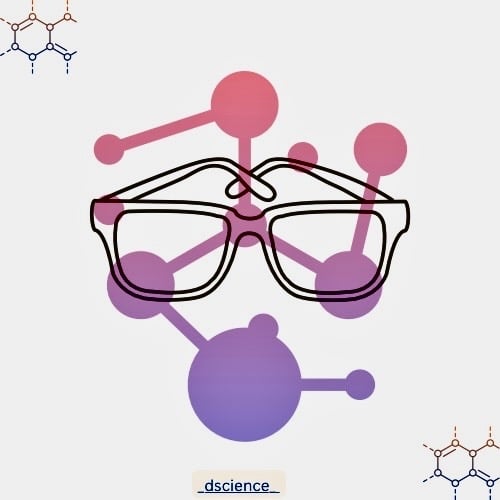The Chemical Revolution: Lens of the Loyalist
11/25/2024


The Chemical Revolution: Loyalist perspective
“Chemistry arrived fashionably late to the scientific soiree”.
Chemistry was a latecomer to the scientific revolution. By the 17th century, disciplines like astronomy and physics had established rigorous methods and overarching theoretical frameworks. In contrast, chemistry remained tied to outdated concepts. This was partly because studying chemical reactions was far more challenging. While telescopes allowed for the observation of celestial bodies and experiments like dropping a ball could reveal the laws of motion, chemical reactions required intricate measurements of heat and changes in mass—tasks that exceeded the capabilities of 17th-century instruments.
At the time, chemists relied on the phlogiston theory to explain combustion. They believed that flammable substances contained a material called phlogiston, which was released during burning. Plants were thought to absorb this released phlogiston from the air.
In the latter half of the 18th century, the French chemist Antoine Lavoisier dismantled this theory. Thanks to his wealth, Lavoisier could afford highly precise instruments to weigh substances before and after combustion. His experiments revealed that rather than phlogiston being released, mass was conserved during combustion. He demonstrated that fire occurred when a substance combined with oxygen in the air. Lavoisier’s identification of oxygen and his ability to quantify chemical reactions marked a turning point in the field, becoming a cornerstone of the chemical revolution.
Contacts
Socials
Subscribe to our newsletter
support@otgscience.in
Copyright © 2024 otgscience.in
.
